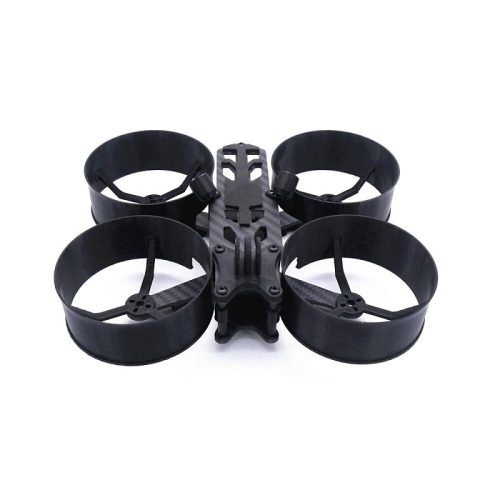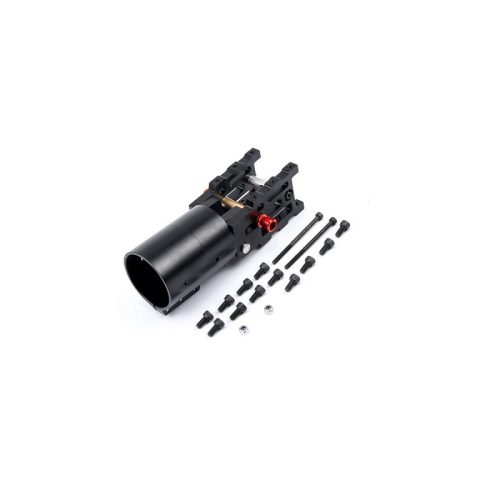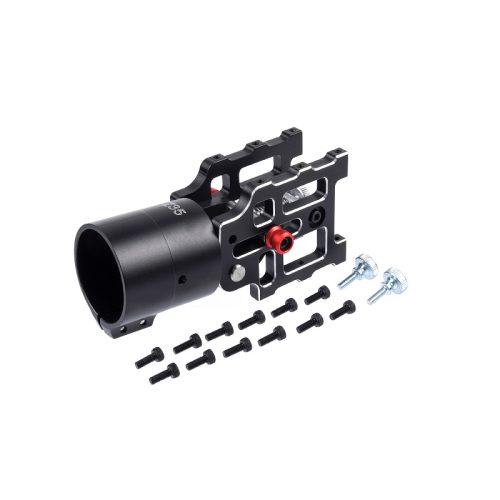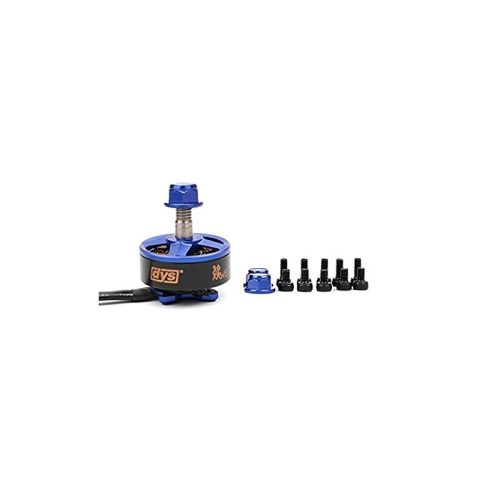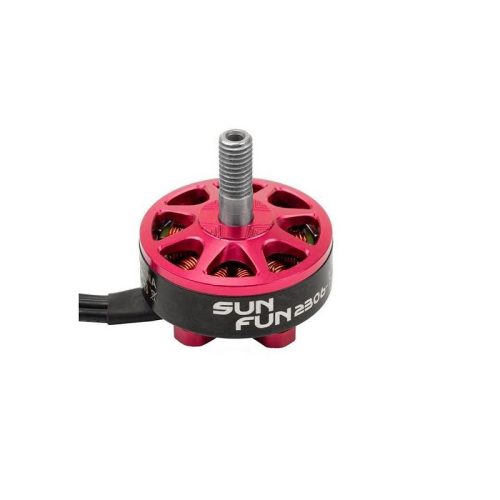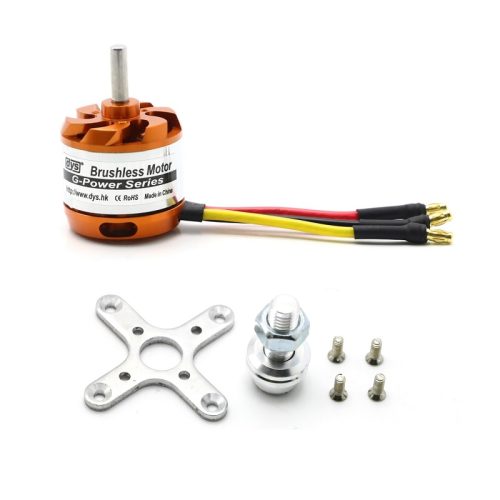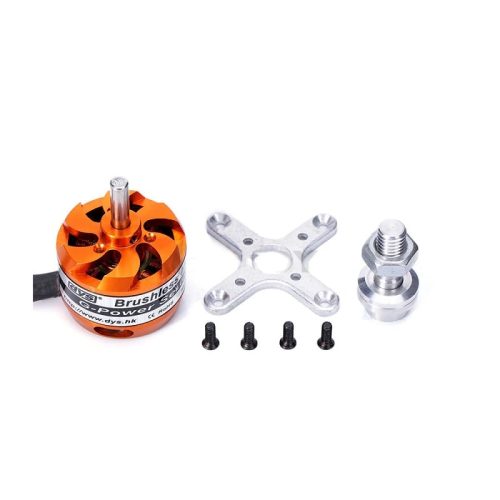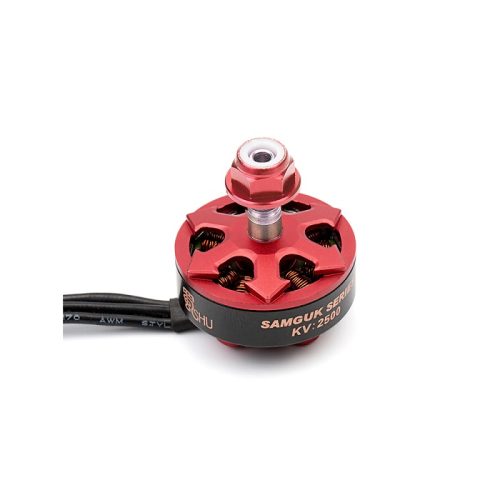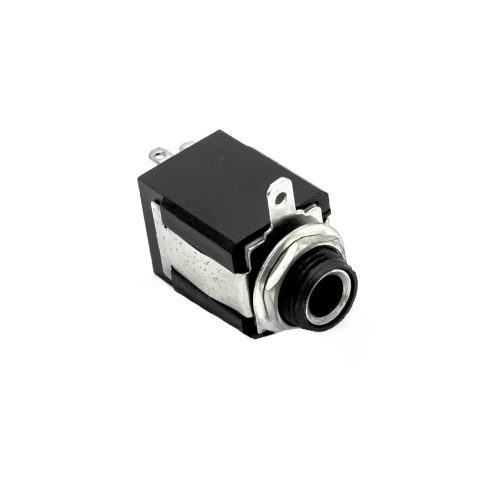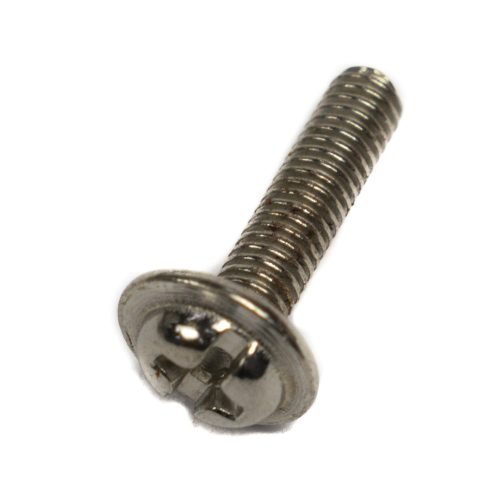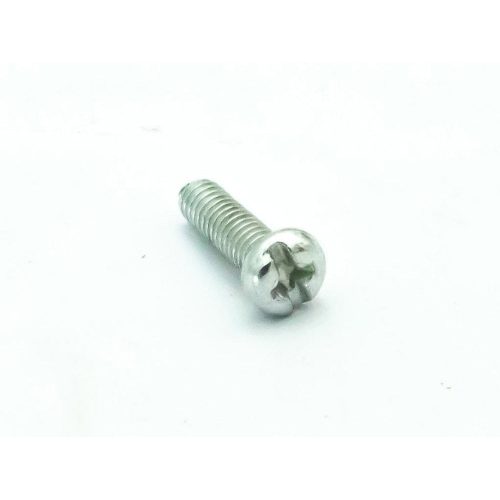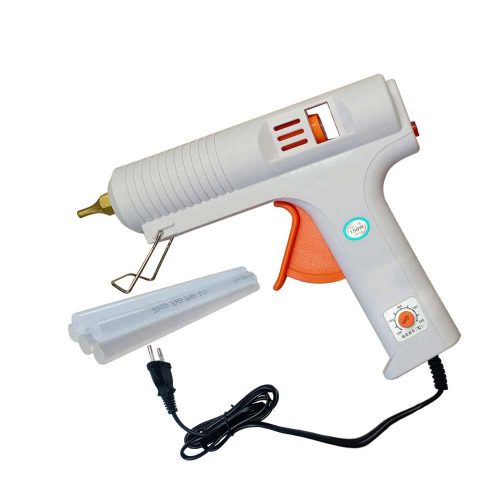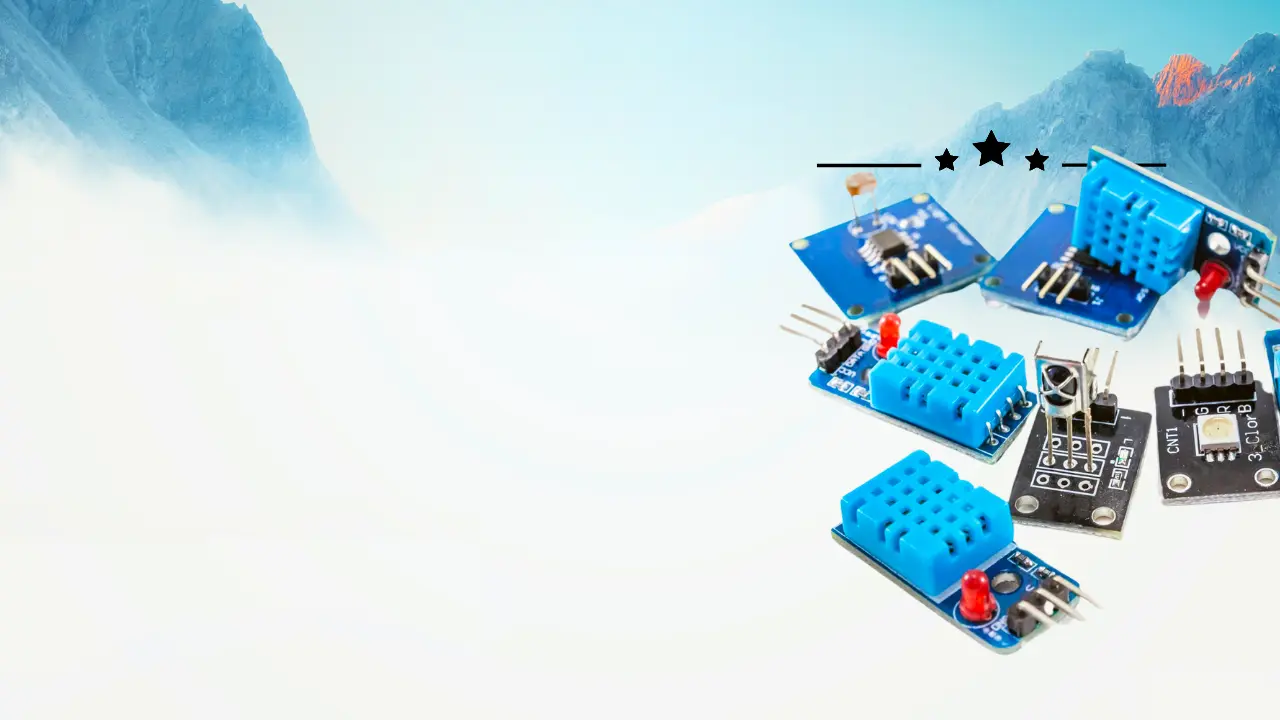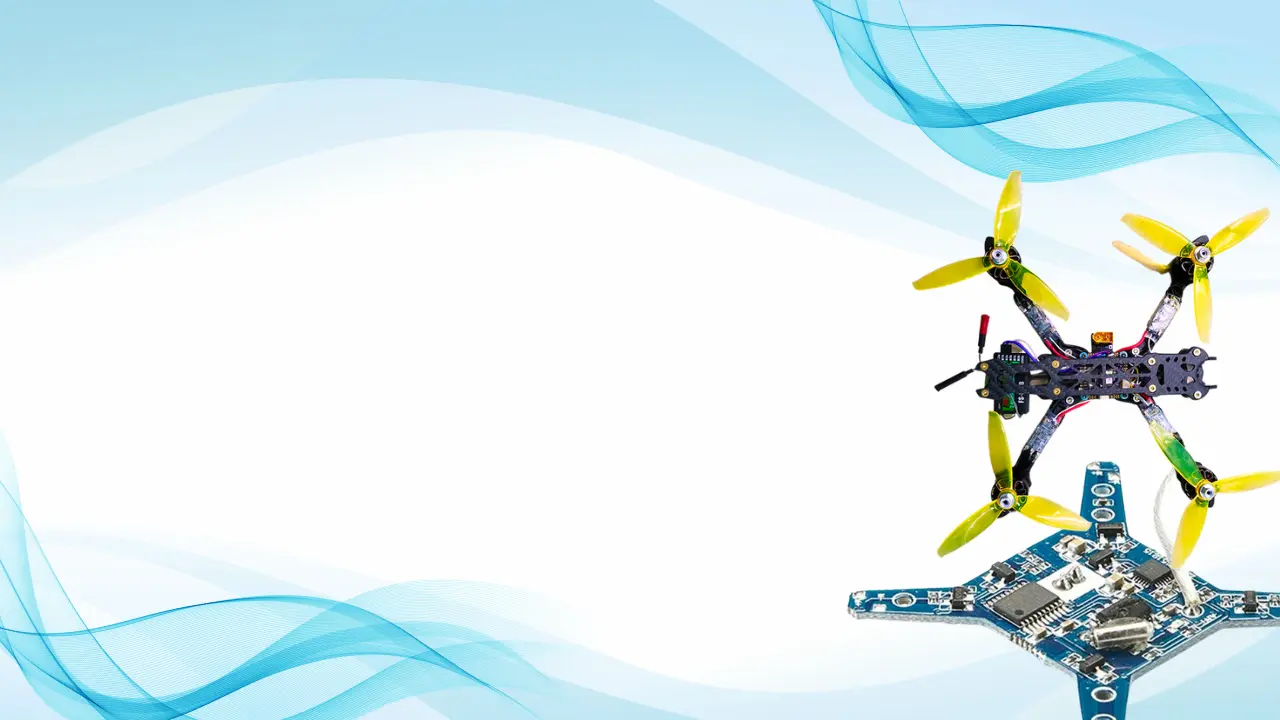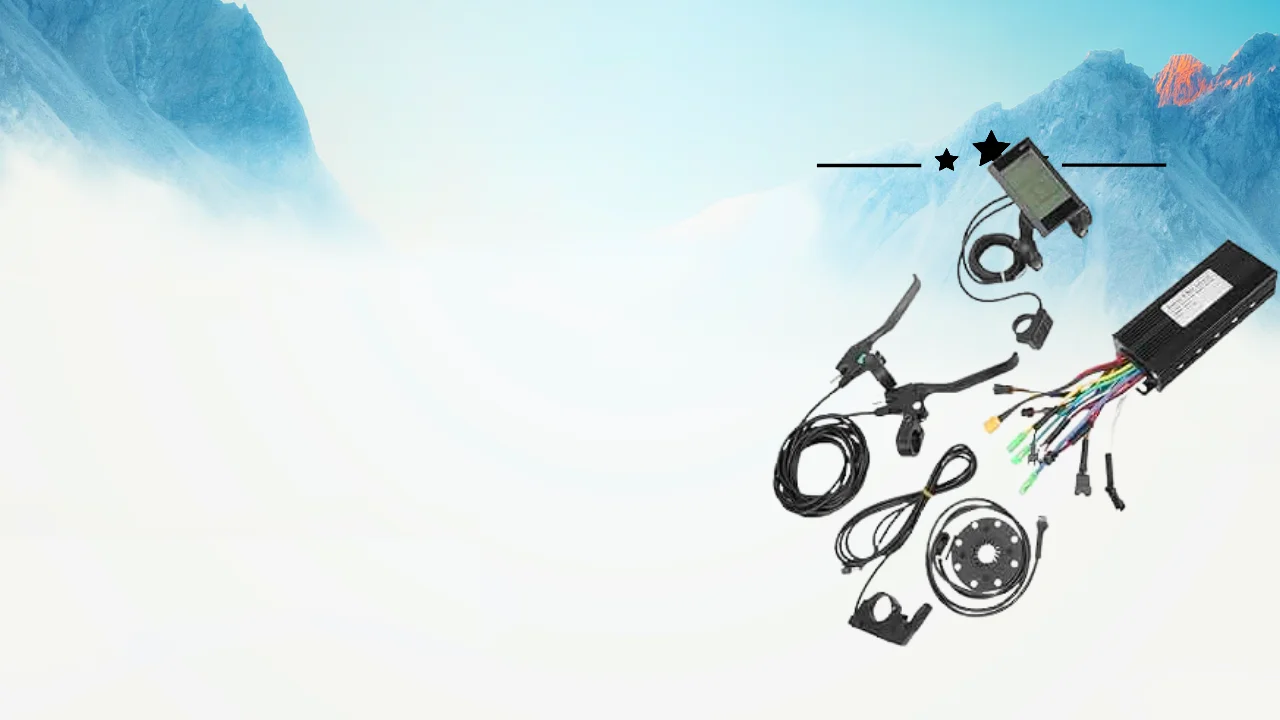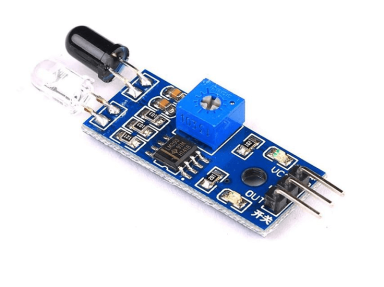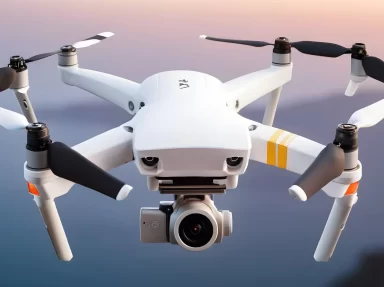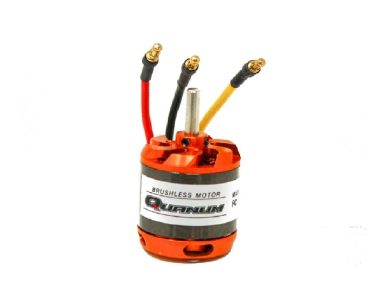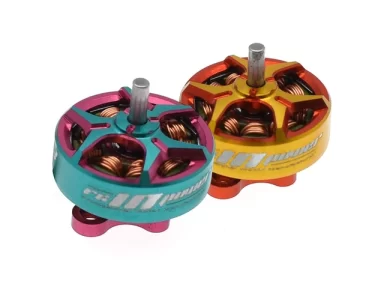Need help? Call us: +91-7231900002 or sales@robozar.com
₹0.00
Items on sale this week
Top picks this week. Up to 50% off the best selling products.
- Model: Cpro X’3
- Item Name: 155mm Wheelbase 3 Inch (80mm) Duct Frame Kit
- Wheelbase: 155mm
- Structure: HX type split
- Material: 3K Carbon Fiber
- Bottom Plate Thickness: 3mm
- Upper Plate Thickness: 1.5mm
- Outer Diameter:44 mm
- Inner Diameter: 40 mm
- A 5-Degree up-tilt angle is applied
- This item suit for Auto Edition RC Quadcopter Hexacopter Multicopter
- Easy to use and 100% Brand New
- With Screws for Center plate installing usage.
- Weight: 204 gm
- Outer Diameter:38 mm
- Inner Diameter: 35 mm
- A 5-Degree up-tilt angle is applied
- This item suit for Auto Edition RC Quadcopter Hexacopter Multicopter
- Easy to use and 100% Brand New
- With Screws for Center plate installing usage.
- Weight: 146 gm
- Model: Wei D2207
- Shaft Diameter: 5 mm
- Weight: 33 g
- Rpm/v : 2600 KV
- Nut Thread type: CW
- Model: R2306
- Shaft Diameter: M5
- Weight: 36g
- Rpm/v : 1900KV
- Nut Thread type: CW
- Model: D3536-6
- Voltage: 2-4Li-Po
- Kv: 1250 rpm/v
- Shaft Diameter: 5mm
- Shaft Length: 15mm
- Max Watts: 500 W
- ESC: 50A
- Model: D3530-8
- Voltage: 2-4Li-Po
- Kv: 1700 rpm/v
- Shaft Diameter: 5mm
- Shaft Length: 15mm
- Max Watts: 460W
- ESC: 50A
- Model: D2306
- Shaft Diameter: M5
- Weight: 31g
- Rpm/v: 2500 KV
- Nut Thread type: CW
6.3 mm Jack Socket – 2 Pole Panel-Mount Female Closed
Phillips Head M3 X 15 mm Bolt (Mounting Screw for PCB)
Phillips Head M4 X 12 mm Bolt (Mounting Screw for PCB)
150 Watt Hot Melt Glue Gun with Temperature Control
Our Good Customers

I am thrilled with my purchase from Robozar! The variety of robotics and electronic gadgets is unmatched. The customer service was excellent, helping me find the perfect drone for my photography needs. Highly recommended!

As a robotics researcher, I rely on Robozar for all my equipment needs. The store offers cutting-edge technology, and their knowledgeable staff ensures I always make the right choices. A go-to for anyone in the field!

Robozar is the only store I trust for my drone needs. The staff's expertise helped me choose the right model, and their commitment to customer satisfaction is evident. A reliable choice for tech enthusiasts!

Robozar's collection of electronic components is unparalleled. I found everything I needed for my DIY electronics project, and the prices were reasonable. A fantastic resource for hobbyists and professionals alike.
All About Sensor Infrared – A Comprehensive Guide Demystifying Infrared Sensors: Everything You Need
The Ultimate Guide to Selecting the Best Camera for a Drone Adventures Are you
High-Quality Motors for Drones: A Key Component for Unparalleled Performance When it comes to
Outline: Motors for Drones I. Introduction A. Brief overview of drone technology B. Significance
Basic Components – Resistors | Capacitors | LEDs | Inductor | Varistor | Breadboard | Oscillator
Important links
Need Help?
Monday – Friday: 9:00-20:00
Saturady: 11:00 – 15:00
Customer Service
- -5% for all order in this week Shop now
- Free delivery for all orders over ₹ 2000




